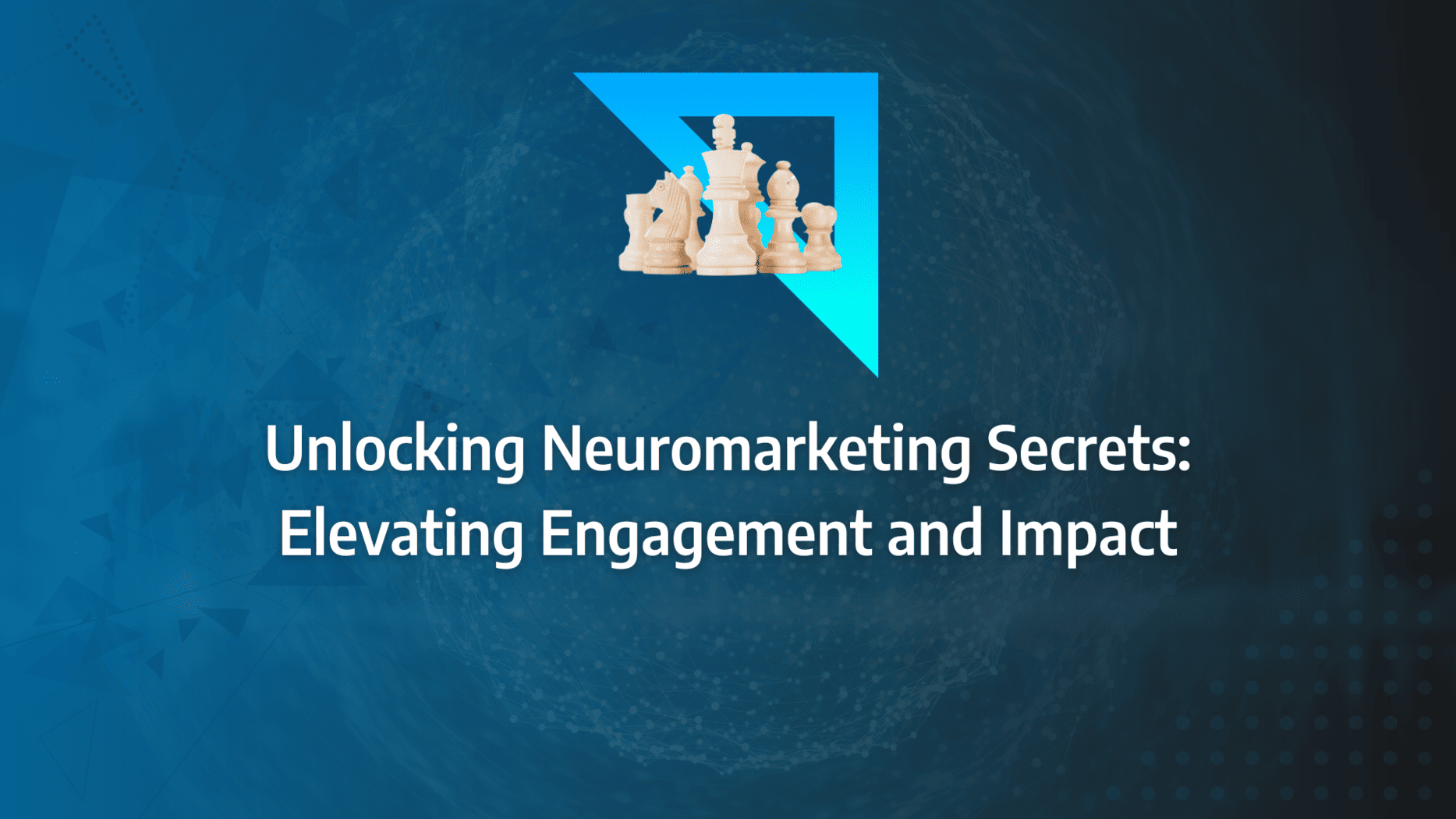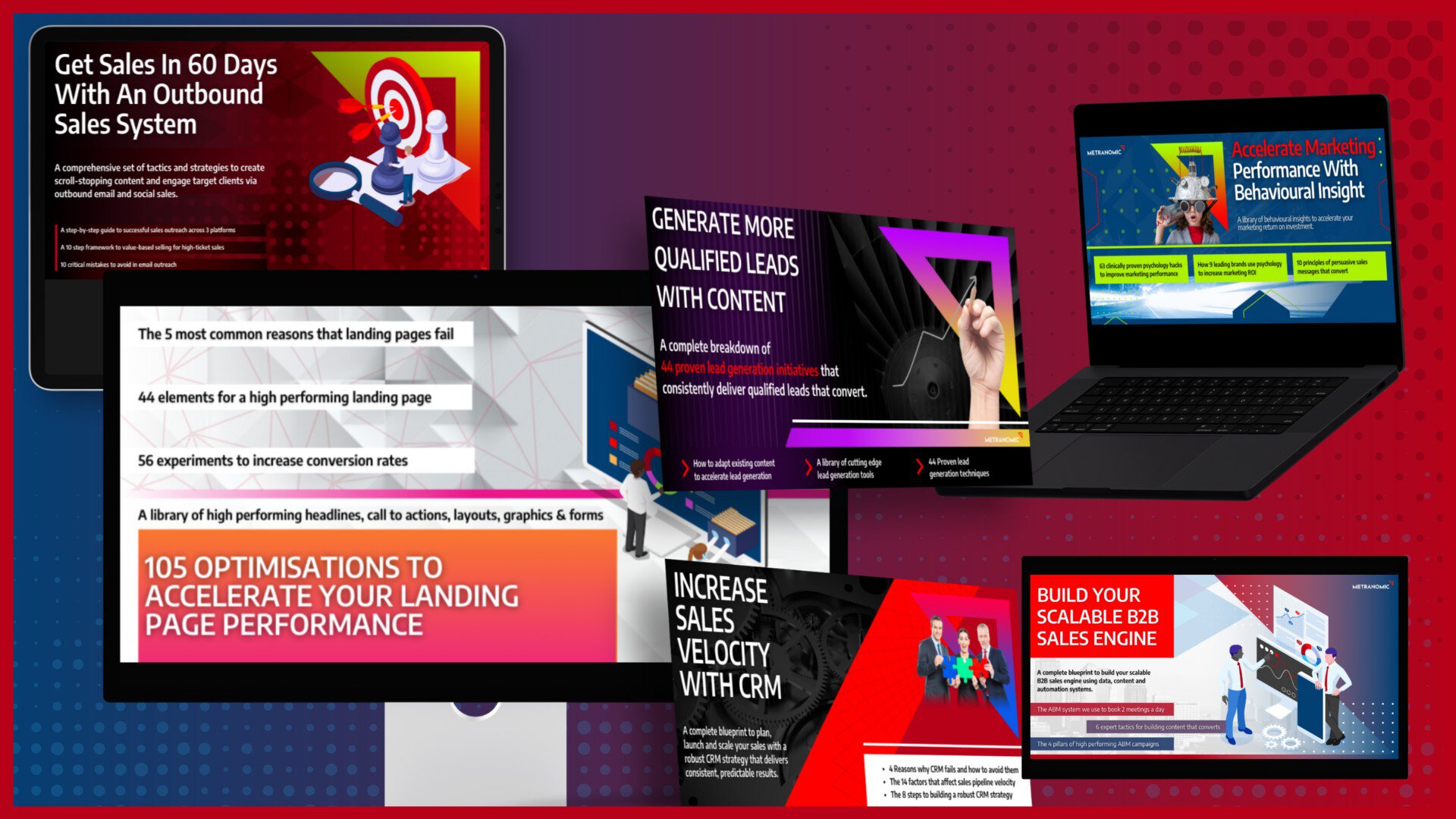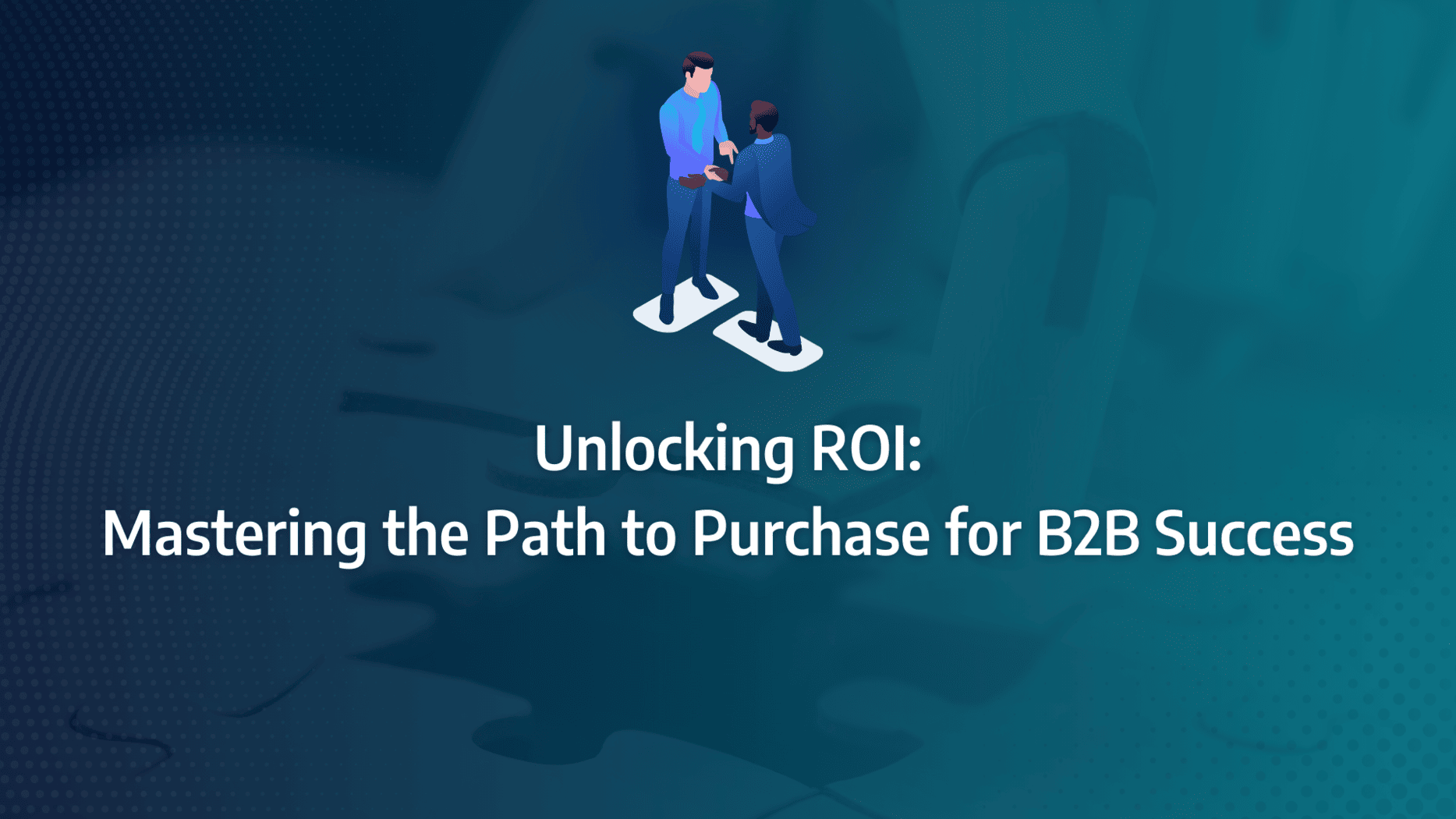Are you struggling to connect with your audience on a deeper level? In a world where consumers are bombarded with countless messages daily, it’s no longer enough to just be seen—you need to be remembered. This is where neuromarketing steps in. By tapping into the psychological triggers that influence behaviour, you can transform your marketing efforts from ordinary to extraordinary.
In this post, we’ll explore the secrets of neuromarketing—how to harness its principles to elevate your campaigns and achieve impactful results. Whether it’s through the strategic use of colour, emotional storytelling, or the science of visual processing, neuromarketing offers a revolutionary approach to capturing and retaining your audience’s attention.
- Leverage Emotional Triggers: Neuromarketing leverages emotional triggers to create deeper connections with your audience, making your marketing efforts more impactful and memorable.
- Utilise Colour Psychology: Implement colour psychology strategically to influence consumer perceptions and drive engagement in your campaigns.
- Incorporate Storytelling: Use storytelling techniques that tap into emotional responses, enhancing the effectiveness of your messaging.
- Optimise Visual Elements: Focus on optimising visual elements in your marketing to align with how the brain processes information, improving overall engagement.
- Test and Measure: Continuously test and measure the impact of neuromarketing strategies to refine your approach and achieve better results.
- Ethical Considerations: Ensure that your use of neuromarketing techniques is ethical, respecting consumer rights while enhancing marketing outcomes.
- Implement Neuromarketing Tools: Utilise available tools to effectively apply neuromarketing principles to your campaigns, ensuring they resonate with your audience.
How does neuromarketing help improve customer engagement and decision-making?
The primary goal of neuromarketing is to gain a deeper understanding of customer inclinations. The insights gathered can significantly enhance the effectiveness of marketing campaigns. Neuromarketing techniques are versatile and can be applied to various aspects of marketing, including:
- Customer loyalty
- Customer retention
- Customer experience and engagement
- Customer service
- Customer acquisition through enhanced brand recognition
- Identifying key opportunities for marketing strategies
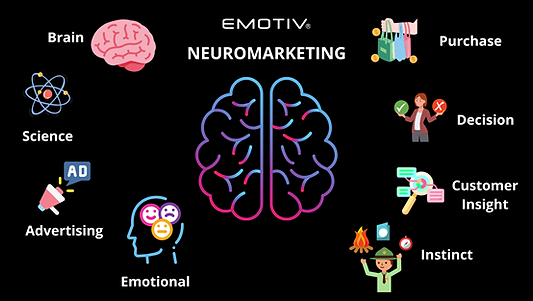
Ethical Considerations in Neuromarketing
Neuromarketing provides a theoretical framework that helps brands understand consumer decision-making processes. Numerous studies have shown that humans often make irrational decisions driven by self-discovery, cognitive biases, and emotions. The ethical debate surrounding neuromarketing centres on its potential to predict and influence consumer behaviour.
Despite these concerns, neuromarketing methods are primarily tools for understanding consumer preferences rather than predicting specific actions. Various factors can influence human behaviour, making it impossible to predict responses with absolute certainty. Brands using neuromarketing can collect valuable insights to better understand customer desires and adapt their neuromarketing strategies accordingly. However, it’s crucial to note that while neuromarketing can provide guidelines, it cannot manipulate consumer behaviour outright.
What Matters Most?
In our work, the most successful B2B marketing strategies typically hinge on understanding and leveraging the psychological triggers that drive decision-making. Clients often discover that aligning their messaging with these triggers can significantly increase conversion rates. We also see that appealing to the primal brain, which governs quick, survival-based decisions, often leads to instinctive and favourable choices. Emotional engagement, although often overlooked in B2B contexts, is crucial. When our clients tap into this emotional layer, they usually find that they forge more impactful and lasting relationships with their prospects.Get In Touch
How do EEG and fMRI contribute to understanding consumer behaviour?
There are various neuromarketing techniques that brands utilise to gain a deeper understanding of their customers. Often, these methods are combined to gather comprehensive insights into consumer behaviour.
Electroencephalogram (EEG)
EEG is one of the most frequently used neuromarketing techniques due to its affordability and portability. This method provides detailed information about brain activity by processing electrical signals from the brain. A specialised cap, equipped with 128 sensors, is placed on the scalp to capture these signals, which are then plotted into a computer software for analysis.
EEG can record up to 2,000 signals per second, delivering up to one billion signals for a single TV advertisement. This capability allows companies to discern various brain processes that influence decision-making behaviour patterns.
Functional Magnetic Resonance Imaging (fMRI)
fMRI is another powerful neuromarketing method that measures brain activity by tracking blood flow. Participants lie down in a scanner similar to a traditional MRI, which detects changes in blood oxygenation levels in the brain. fMRI provides a three-dimensional view of brain activity, revealing which areas are engaged when exposed to marketing stimuli. This technique helps researchers understand internal cortical activity and emotional responses.
Example of fMRI in Action: The National Cancer Institute
The National Cancer Institute (NCI) harnessed neuromarketing strategies to craft an advertisement aimed at eliciting an emotional response to encourage smoking cessation and reduce cancer risk. They utilised functional Magnetic Resonance Imaging (fMRI) to measure the emotional reactions of a test group exposed to three different advertisements. The fMRI results ranked the ads based on the emotional impact, allowing NCI to select the most effective ad. This neuromarketing method proved successful, leading to increased call volumes and engagement from the public.
Eye Tracking (ET)
Eye tracking is one of the earliest and most widespread neuromarketing techniques, providing valuable insights into how consumers interact with visual content. This method measures where people look, how long they focus on specific areas, and which parts of an ad or website they avoid. Eye tracking helps brands strategically place visuals to optimise engagement and conversion.
Types of Eye Tracking Tests
There are two principal types of eye tracking tests: glasses-based and screen-based. Both are used across various research fields and deliver different types of data based on their application.
Eye Tracking Glasses: Also known as head-mounted trackers, these devices are fitted near the eyes and allow test subjects to move freely. This method is ideal for studies requiring natural setting tasks.
Screen-Based Eye Trackers: These tools, also called desktop or remote trackers, require respondents to sit in front of a monitor and interact with the content displayed. This method is perfect for assessing how customers respond to websites or online advertisements.
Source: Adobe
Real-World Applications of Neuromarketing Techniques
Cheetos
PepsiCo Frito-Lay utilised EEG to explore consumer reactions to advertisements for their flagship product, Cheetos. By combining focus groups and EEG, they aimed to understand emotional responses to their ads. One advertisement depicted a woman pranking her friend by placing Cheetos in a dryer with white clothes. Initial surveys indicated that test subjects disliked the ad. However, EEG data revealed positive emotional responses, indicating that participants enjoyed the ad but were reluctant to admit it in the survey. This example highlights how neuromarketing can uncover genuine customer sentiments.
Hyundai
Hyundai employed EEG to evaluate advertisements for their prototype cars. The goal was to determine if certain ads would motivate customers to purchase their new models. The EEG results identified areas for improvement in their ads, leading Hyundai to adjust their marketing strategies to better align with customer preferences. The subsequent ads and products resonated more effectively with their audience.
Paypal
Paypal leveraged EEG to enhance their market position in online payments. Initially focused on promoting security as their unique value, the brand aimed to simplify the customer experience. EEG findings indicated that consumers prioritised ease of use over security. In response, Paypal introduced a one-click payment model, aligning their services with consumer desires for a quick and effortless payment process.
Campbell’s
Campbell’s leveraged a combination of eye-tracking and EEG to determine the most effective packaging for their soups. By understanding customers’ subconscious sentiments, they discovered that certain visuals, like a spoon, elicited poor emotional responses, while images of a human face and vapours generated positive feelings. This insight led Campbell’s to revamp their packaging, resulting in a 12% increase in sales.
Behavioural Economics Role In Neuromarketing Explained
Behavioural economics is a crucial aspect of neuromarketing strategies, combining psychology and economics to understand shifts in human behaviour. This approach provides brands with insights into why consumers act the way they do, creating a framework that helps companies guide decision-making processes more effectively.

Anchoring
Anchoring exploits a subtle flaw in human cognition, using initial exposure to information to influence subsequent judgments. For instance, when a consumer sees a pair of shoes priced at £500 and deems them expensive, encountering another pair priced at £800 can make the initial £500 pair seem more affordable. This mental reference point affects many buying decisions and illustrates how neuromarketing techniques can shape consumer perceptions.
Source: Harvard Business School
Confirmation Bias and Belief Bias
These biases reflect a consumer’s tendency to favour information that confirms their existing beliefs, often disregarding alternative products or ideas. When consumers adhere strictly to their preconceptions, they may miss out on better solutions. Understanding these biases allows brands to craft messages that resonate more deeply with their target audience, a core principle of effective neuromarketing methods.
Choice Overload and Choice Paralysis
When faced with too many options, consumers can experience choice overload, leading to decision fatigue and paralysis. This phenomenon underscores the importance of simplicity in product offerings and marketing messages. By streamlining choices, brands can enhance consumer satisfaction and drive more decisive actions.
Loss Aversion
Loss aversion is the concept that consumers feel the pain of loss more intensely than the pleasure of an equivalent gain. This tendency means that people are more likely to avoid losses than pursue gains. Brands can leverage this principle by emphasising the potential losses of not choosing their product or service, thereby motivating consumers to act.
Nudge Theory
Nudge Theory suggests that small, indirect prompts can significantly influence behaviour. Instead of penalising undesirable actions, nudge theory focuses on subtly guiding people towards better decisions. This approach is widely applied in marketing, communications, and services to gently steer consumer behaviour without coercion.
The effectiveness of nudge theory is evident in its adoption by governments. For example, the UK’s Behavioural Insights Team (BIT), also known as the “Nudge Unit,” was established in 2010 to apply these neuromarketing principles to public policy. By partnering with local authorities, charities, and businesses, BIT has addressed various issues such as increasing fine payments via text messaging, enhancing workplace pensions, boosting Vehicle Excise Duty payments, and raising organ donation awareness.
The success of the UK’s Nudge Unit has inspired similar initiatives in other countries, including the United States, Australia, and Germany, showcasing the universal applicability of nudge theory in creating positive societal change.
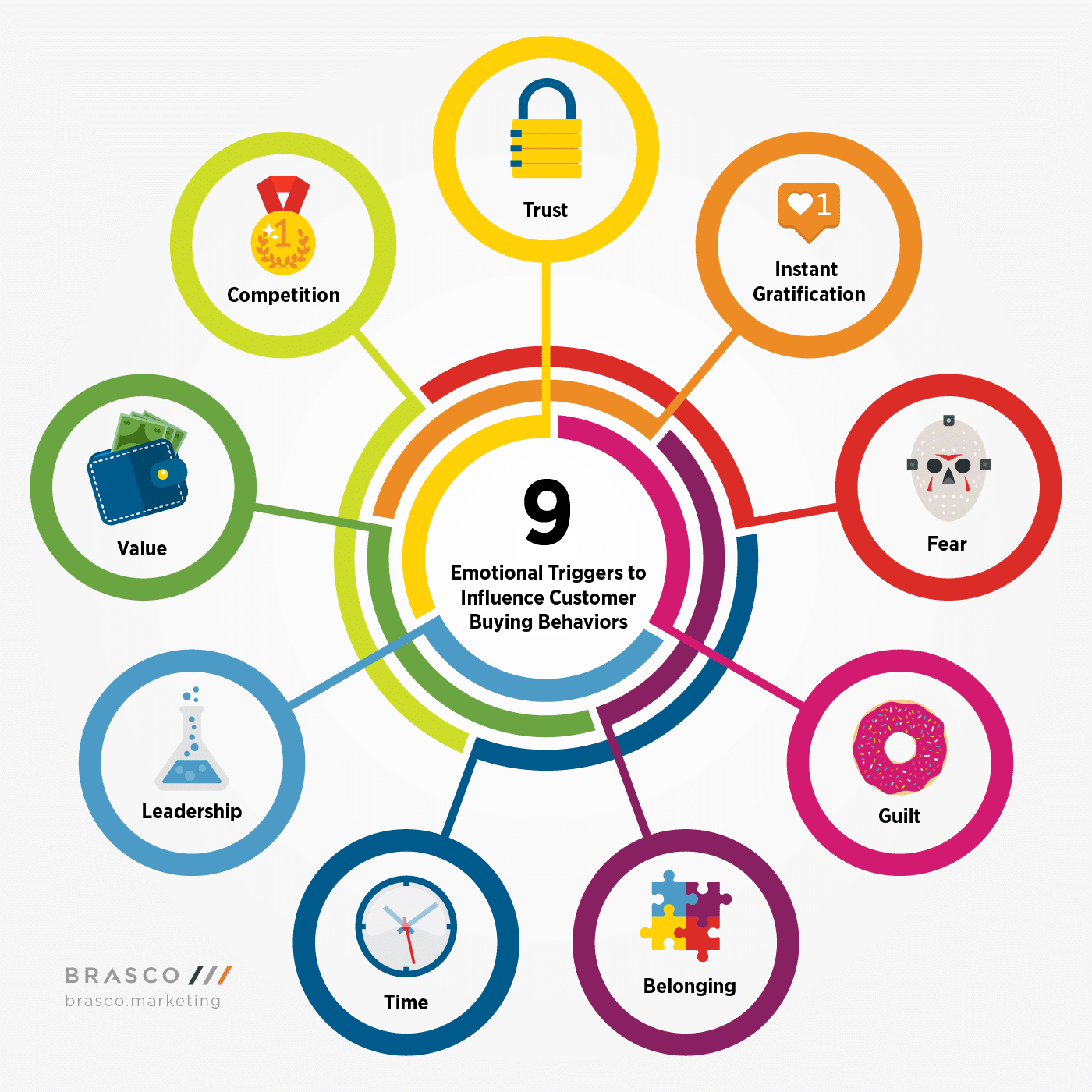
Our Tactical Recommendations
In our experience, simplifying value propositions to address immediate pain points and emphasising urgency can dramatically enhance their relevance to buyers. Clients often benefit from training their sales teams in the science of persuasion, ensuring that their approach aligns with how the brain processes information during pitches. Additionally, using emotional storytelling in case studies and testimonials has proven to be a powerful way to create deeper connections with prospects, making them more likely to engage and convert.Get In Touch
What are the benefits of applying neuromarketing principles in government initiatives?
- The United States: In September 2015, President Barack Obama issued an executive order to establish the Social and Behavioral Sciences Team (SBST). This team was tasked with guiding government offices to leverage social and behavioural insights alongside neuromarketing principles to enhance efficiency and effectiveness. By integrating neuromarketing strategies, the SBST aimed to optimise various government processes and improve public services.
- New South Wales, Australia: New South Wales employed neuromarketing techniques to improve the collection of payments for debts, fines, and taxes. Through various test trials, the team experimented with “stamps” that featured clear calls to action for paying fines. This approach led to a 3.1% increase in payment rates, significantly enhancing the government’s revenue collection compared to standard notice methods.
- United Kingdom: The UK has been a trailblazer in using neuroscience to enhance government services. The Behavioural Insights Team (BIT) conducted a test by incorporating an image of an offending vehicle on notices sent to individuals who had missed Vehicle Excise Duty payments. This simple addition resulted in a 9% increase in payment collection, demonstrating the efficacy of neuromarketing methods in public administration.
Advantages of Neuromarketing
Enhancing Customer Experience: Neuromarketing can profoundly improve customer experience by measuring subconscious responses in various situations, such as during visits to a store or interactions with a website. Over 90% of all buying decisions, whether offline or online, are made subconsciously. Brands can use neuromarketing strategies to identify and address these unexpressed needs, optimising every aspect of the customer journey.
From packaging and item placement to personalisation, colour combinations, and fonts, neuromarketing techniques can fine-tune the entire customer experience. For example, eye-tracking studies can reveal how customers navigate a checkout page, highlighting areas that may need improvement. Combining eye-tracking with other neuromarketing methods like facial coding and galvanic skin response can offer deeper insights into the emotional intensity customers experience, allowing brands to refine their websites or apps accordingly.
Lowering Customer Acquisition Costs: By leveraging neuromarketing to gather detailed insights, brands can create more effective advertisements that resonate with their audience, ultimately lowering customer acquisition costs. Optimised ads that align with neuromarketing principles can lead to better engagement and higher conversion rates.
Improving Social Media Strategy: Neuromarketing strategies can also enhance social media initiatives. On platforms like Instagram, where users have only 20 seconds for a story, neuromarketing techniques can help create impactful posts, visuals, and ads within this brief timeframe. By strategically using images, colours, fonts, and text placements based on neuromarketing insights, brands can optimise their social media presence and paid advertisements.
